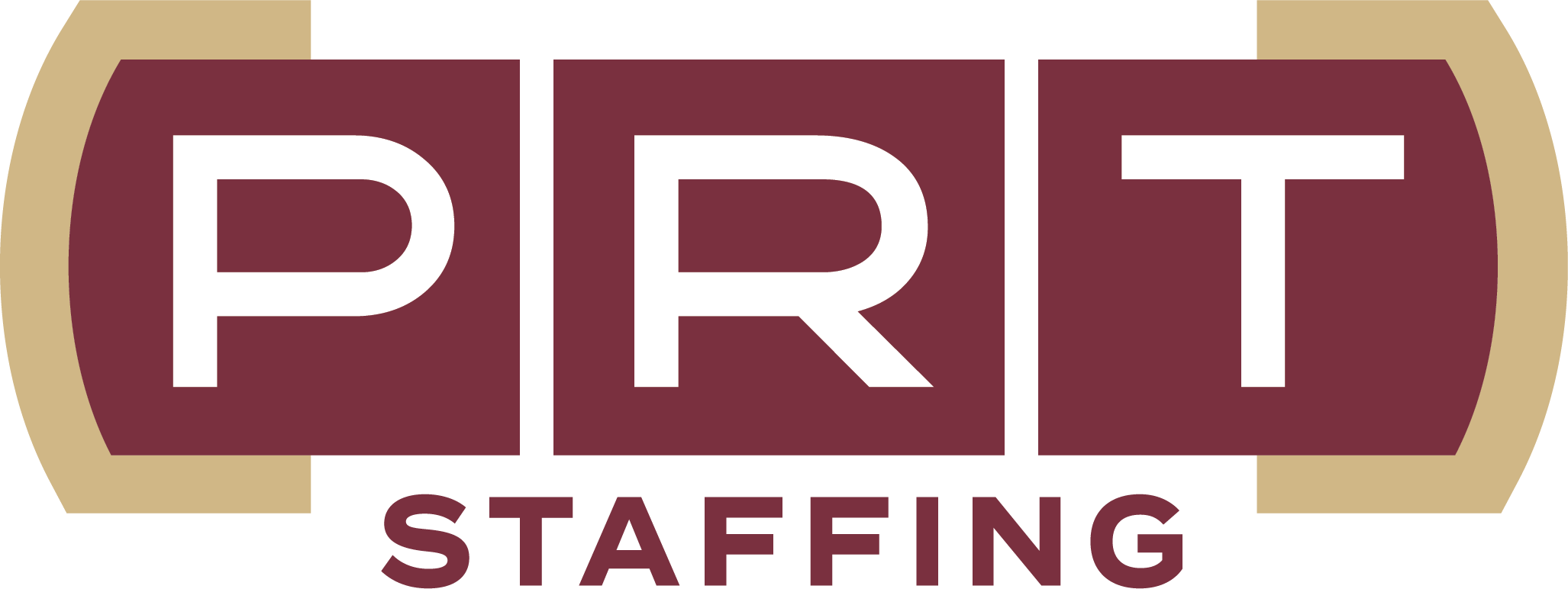America’s Labor Shortage: The Rising Storm
American businesses are creating hundreds of thousands of jobs each month, but the U.S. Chamber of Commerce says a significant number of positions still remain unfilled, especially in the professional and business service sector.
“When taking a look at the labor shortage across different industries, the education and health services sector, and the professional and business services sector, consistently exhibit the highest number of job openings,” writes Stephanie Ferguson Melhorn and Makinzi Hoover for the U.S. Chamber of Commerce. “It's worth noting that professional and business services span a broad spectrum of occupations including legal services, scientific research, as well as roles like landscaping workers, cleaners, and waste disposal workers.”
While job openings are down 941,000 year-over-year in the latest jobs report from the U.S. Bureau of Labor Statistics, there were still 7.7 million job openings across the country on the last day of business of October 2024.
New Report Says, “Largest Labor Shortage Ever” Coming
HR Dive says a recent report predicts that U.S. employers will soon face “the largest labor shortage the country has ever seen.”
The report was released by Lightcast with the warning: “When worker shortages, a wage-price spiral, and high turnover rocked the labor market in 2021 and 2022, they weren't part of a one-time pandemic disruption: they were the first gusts of a coming storm that will hit in the decade to come. The Baby Boomers are retiring, and fewer younger workers are coming to take their place, and this is leading to shortages in industries across the economy.”
The report, called “The Rising Storm” likens the tight labor market of the last three years as a sign of things to come, much like the outer bands of a hurricane.
Key findings from the report include:
- Silver Tsunami: Younger generations approach their lives and careers much differently than their grandparents did, meaning the huge wave of Boomer retirements also marks a cultural shift in the workforce.
- Increasing Dependency: Labor force participation for working-age men has been falling, meaning a smaller share of workers must support a growing older population.
- Storm Signals: The US is highly educated, but many crucial jobs don't require a college degree—our workforce growth is misaligned with demand.
The report says that Boomers are not only retiring in droves, but many are retiring earlier than expected.
“Out of the 5 million people who have left the labor force since 2020, 80 percent are over the age of 55. Just as the Baby Boomers’ entrance into the labor market created a surge in the number of available workers, their retirement is leaving behind a workforce whose numbers are not keeping pace with the US population,” says the report.
Before the end of the decade, the report expects the U.S. to face a shortfall of nearly 6 million workers.
“For the first time in history, more people will turn 65 than 16, depleting our working population while our overall population increases,” says the report. “As declining birth rates and rising retirements squeeze the labor force, the US faces a deficit of millions of workers before the end of the decade.”
Food Service and Hospitality Struggle to Find Workers
One sector already feeling labor shortages is food service and hospitality.
“Jobs that are fully in-person and traditionally have lower wages have had a more difficult time retaining workers, even prior to the pandemic. For example, the leisure and hospitality industry has experienced the highest quit rates of all industries, with the accommodation and food services subsector of this industry experiencing a quit rate consistently around or above 4 percent since July 2022,”says the U.S. Chamber of Commerce.
Restaurant operators have been on the front lines of these labor shortages.
“The restaurant labor shortage has emerged as a critical challenge for the industry, fundamentally altering operational dynamics and profitability for restaurant operators across the nation,’ writes Daniel Kezner of the Kezner Consulting Group. “This ongoing issue, exacerbated by the COVID-19 pandemic and subsequent economic shifts, has left many businesses scrambling to fill positions. With an imbalance in the labor market characterized by a surplus of job openings and a deficit of available workers, the sector faces unprecedented strain.”
Kezner goes on to say that the labor shortage not only impacts the efficiency and quality of establishments but also their ability to scale and seek out new opportunities.
Low Unemployment Rates Lead to Competition for Qualified Candidates
While most would think that low unemployment rates would be a good thing for the U.S. economy, for many businesses lower-than-average unemployment rates leads to fewer experienced candidates to choose from when filling job openings.
“This situation leads to heightened competition among businesses in these industries as they vie for the limited pool of available talent,” says the U.S. Chamber of Commerce.
As of October 2024, unemployment rates by industry:
- Leisure/Hospitality: 5.7 percent.
- Wholesale/Retail Trade: 4.6 percent.
- Professional/Business Services: 4.2 percent.
- Durable Goods Manufacturing: 3.0 percent.
- Financial Activities: 2.5 percent
The U.S. Chamber of Chamber of Commerce says a healthy unemployment rate typically falls within the 3 to 5 percent range.
A Look at Industries Impacted by Labor Shortages
The U.S. is currently facing significant labor shortages across multiple industries, with some sectors being more severely impacted than others. Here are the industries most affected by the labor shortage and the reasons behind their challenges:
- Accommodation and Food Service: The accommodation and food service industry is experiencing the most severe labor shortage, with 25.3 percent of companies in this sector reporting a shortage of workers. This industry has been particularly hard hit due to:
o High turnover rates and persistent challenges in retaining staff.
o The requirement for in-person work, which limits the pool of available workers.
o Lingering effects of pandemic-related job losses and shifts in worker preferences.
- Manufacturing: Manufacturing is facing a significant labor shortage, with 17.4 percent of companies reporting worker shortages. The challenges in this sector include:
o A loss of 1.4 million jobs during the pandemic.
o A projected need to fill 3.8 million jobs over the next decade.
o A skills gap, with a lack of workers possessing the necessary technical skills for modern manufacturing roles.
- Healthcare: The healthcare industry is experiencing a 15.1% shortage of workers. This shortage is driven by:
o An aging population is increasing demand for healthcare services.
o Burnout among healthcare workers, especially following the pandemic.
o Projected rapid growth in healthcare occupations, with 5 of the top 10 fastest-growing occupations between 2023 and 2033 being in healthcare.
- Transportation and Storage: This sector is facing a 14.5 percent shortage of workers. The reasons include:
o Increased demand for logistics and delivery services.
o Challenges in attracting workers to roles that often require long hours and time away from home.
o Competition from other industries for skilled workers.
- Construction: The construction industry is experiencing a 12.4 percent shortage of workers. Despite this, there are some unique dynamics at play:
o The industry needs to attract an estimated 501,000 additional workers in 2024 to meet demand.
o Paradoxically, there is a labor surplus in some areas, with more experienced workers seeking jobs than there are openings.
o Geographic mismatches between available workers and job openings contribute to the shortage.
- Education: The education sector is facing a 10.7 percent shortage of workers. This shortage is driven by:
o Increased demand for educational services.
o Challenges in attracting and retaining teachers due to burnout and competitive salaries in other sectors.
o An aging workforce in the education field.
PRT Staffing Can Help Your Business Tackle Labor Shortages
PRT Staffing has the experience to help your business tackle labor shortages. PRT focuses on providing skilled workers to the construction, industrial and energy, manufacturing, hospitality and events, and disaster recovery sectors.
Supporting clients nationwide, PRT Staffing recruitment teams can ensure seamless staffing solutions that connect your business with top talent across the country.
Contact PRT Staffing today to find temporary staffing solutions for your business.





